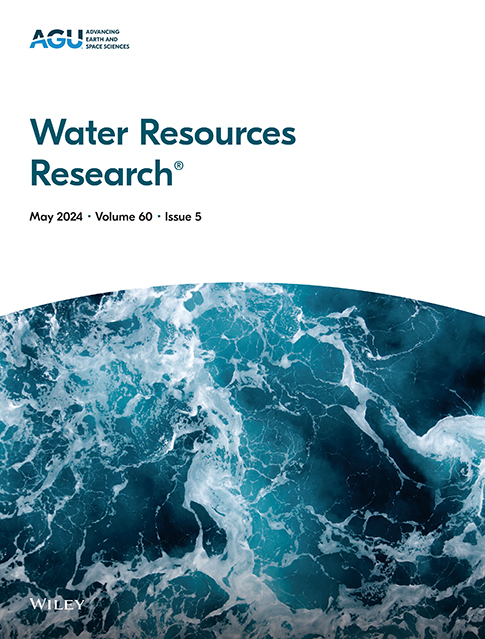The Storage and Operation Changes of 256 Reservoirs Across the Contiguous United States
IF 4.6
1区 地球科学
Q2 ENVIRONMENTAL SCIENCES
引用次数: 0
Abstract
Reservoir operations face persistent challenges due to increasing water demand, more frequent extreme events, and stricter environmental requirements such as instream flow requirements for endangered species or other aspects of ecosystem health. This paper explores real-world changes in reservoir storage and operation between 1990 and 2019 using historical data from 256 reservoirs across the Contiguous United States (CONUS). Statistical methods are applied to detecting changes in representative storage statistical metrics. Moreover, an empirical reservoir operation model which represents the dynamic change of operation over time is used to detect changes in reservoir operation rule and responses to different water availability and demand conditions under existing rules. The relationship between storage changes and operational changes is explored. Our results uncover significant trends in the storage metrics for 130 reservoirs, more of which show decreasing trends particularly in regions such as the Arkansas-White-Red basin, the Texas-Gulf region, and the southwestern United States, where the storage declined mainly due to sedimentation and drought. Conversely, it is found that increasing trends do not show a clear spatial pattern, that is, the changes are not tied with regions but with operational changes. Additionally, 76 reservoirs are identified with changes in operations via an empirical reservoir operation model. Finally, examining the relationship of operational changes with external environment variables shows evidence of not only the effectiveness of the operations for some reservoirs, but also operation deficiencies for some reservoirs. Notably, sedimentation-related issues and inadequate operational responses during extreme weather events emphasize the need for improved operational policies.求助全文
约1分钟内获得全文
求助全文
来源期刊

Water Resources Research
环境科学-湖沼学
CiteScore
8.80
自引率
13.00%
发文量
599
审稿时长
3.5 months
期刊介绍:
Water Resources Research (WRR) is an interdisciplinary journal that focuses on hydrology and water resources. It publishes original research in the natural and social sciences of water. It emphasizes the role of water in the Earth system, including physical, chemical, biological, and ecological processes in water resources research and management, including social, policy, and public health implications. It encompasses observational, experimental, theoretical, analytical, numerical, and data-driven approaches that advance the science of water and its management. Submissions are evaluated for their novelty, accuracy, significance, and broader implications of the findings.
 求助内容:
求助内容: 应助结果提醒方式:
应助结果提醒方式:


